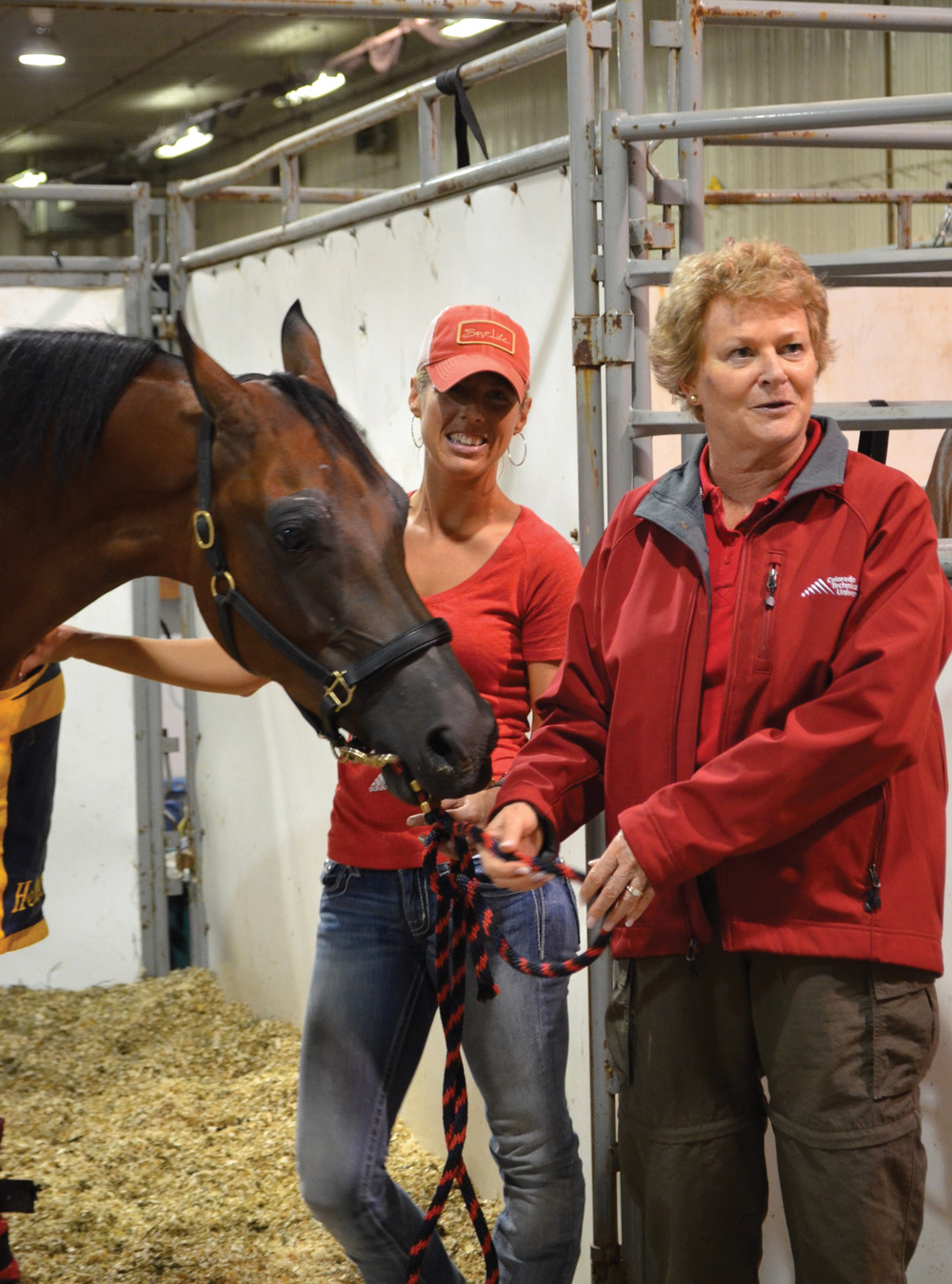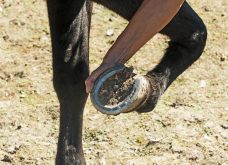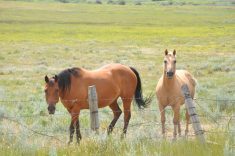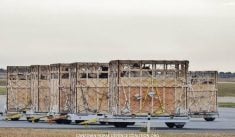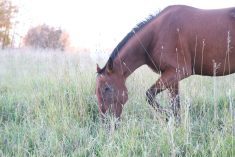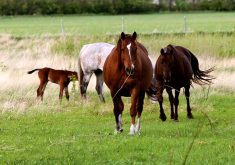The oldest and most popular horse breed in the world descended on Brandon for the Arabian Horse Association’s Canadian National event.
Arabian horses go back at least 4,500 years, according to the archeological record, and remain the most popular type of horse on a global basis.

“Throughout the world, Arabians are the biggest breed,” said Cynthia Richardson, president of the Arabian Horse Association (AHA). “I think it is just because of the desirable traits that these horses bring.”
According to Richardson, in North America the quarter-horse rivals the Arabian in popularity but throughout the rest of the world, the Arabian is by far the biggest breed.
“These horses are very easy keepers. The bigger, heavier horses take a lot more to maintain than Arabians. So, for areas with little space or high desert, Arabians are the obvious choice,” Richardson said during the event, held in Brandon Aug. 14 to 20.
The event saw 712 horses travel from across the continent to take part.
“I have been competing in the AHA circuit for the past 20 years and have owned Arabian horses my whole life,” said Gretchen Heberling, who travelled with her horse, Vinney, from Wisconsin to take part in the Canadian National event. “They absolutely love to play and their personalities will win you over.”
The AHA hosts four national shows every year and in order to participate in the national competitions, riders must earn their place through the local and regional events held in AHA’s 18 different regions.

“A lot of these show horses are trained for a long time. It is the best of the best competing against each other,” Richardson said. “Any athletic endeavour is exciting but with a horse you have another living thing that has a mind of its own. You have to work as a pair and those are great lessons in life — having to keep your cool and the horse feeds off of you so if you are nervous, he is nervous. When it all comes together it is pretty exciting and then when the judges recognize that you were the best of the best that is a huge thing.”
Desirable traits
Originating in the Arabian Peninsula, the favoured breed developed a large lung capacity and incredible endurance.
Read Also

Pig transport stress costs pork sector
Popular livestock trailer designs also increase pig stress during transportation, hitting at meat quality, animal welfare and farm profit, Agriculture and Agri-Food Canada researcher says
“Arabians for their size have a larger heart and lung than any other horse and that is why they are very, very good at endurance, because they can get all this air in and process it,” Richardson said.
They weigh between 800 and 1,200 pounds, stand an average of 15 hands high and are said to be a smooth ride.
“They are very comfortable to ride. The horse is built with one less vertebra. Their backs are very short and very strong. So, they have a lot of power from behind and the ability to lift up their front ends,” Richardson said.
However, Richardson says that choosing a breed of horse ultimately comes down to what you want to do with it.
“There are lots of reasons to own different breeds. Some of it is tradition, availability and some of it is what their job is going to be,” Richardson said. “Even though we do cutting and things, you very seldom will see a purebred Arabian as a roping horse, because they just don’t offer the size and strength for the job.”
Arabians have also grown in popularity because of their personalities and ability to connect with their human counterparts, but Richardson says there are some challenges to ownership.
“When I was a kid you could keep your horse in your backyard but that is really not possible anymore,” she said. “We are losing a lot of our land and the ability to have that animal like we used to. Boarding stables are becoming more popular and people have to drive to visit their horse.”






